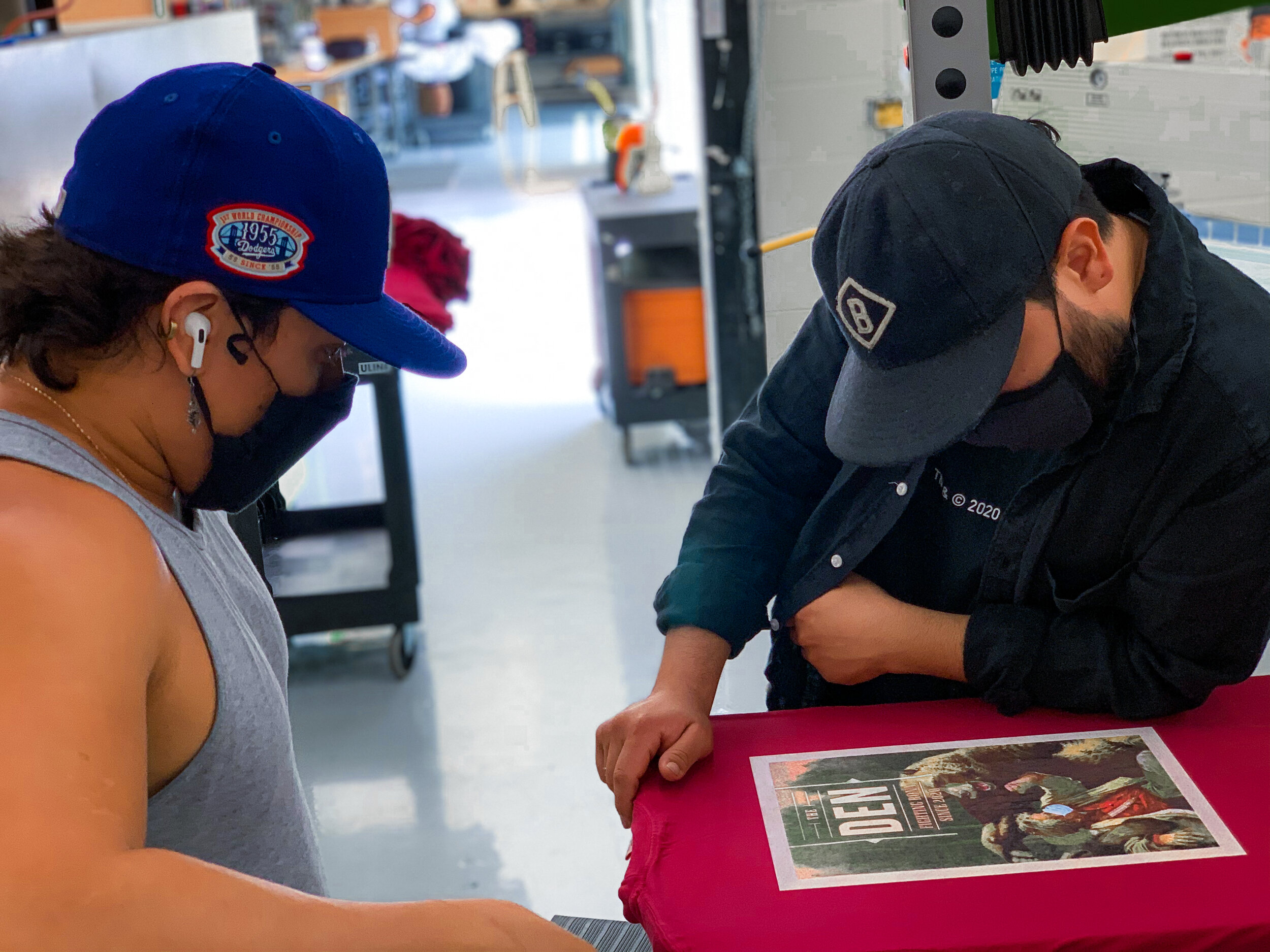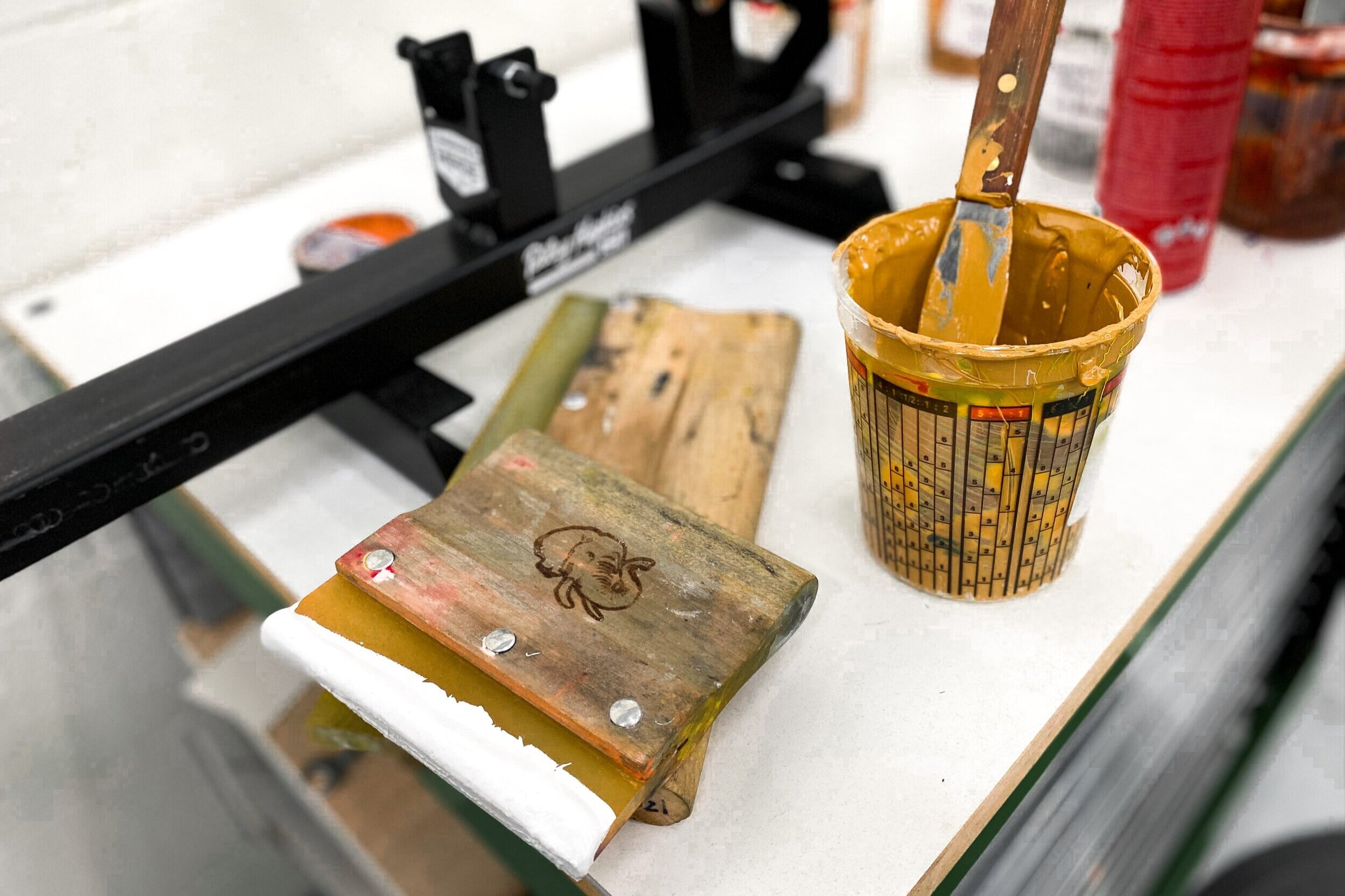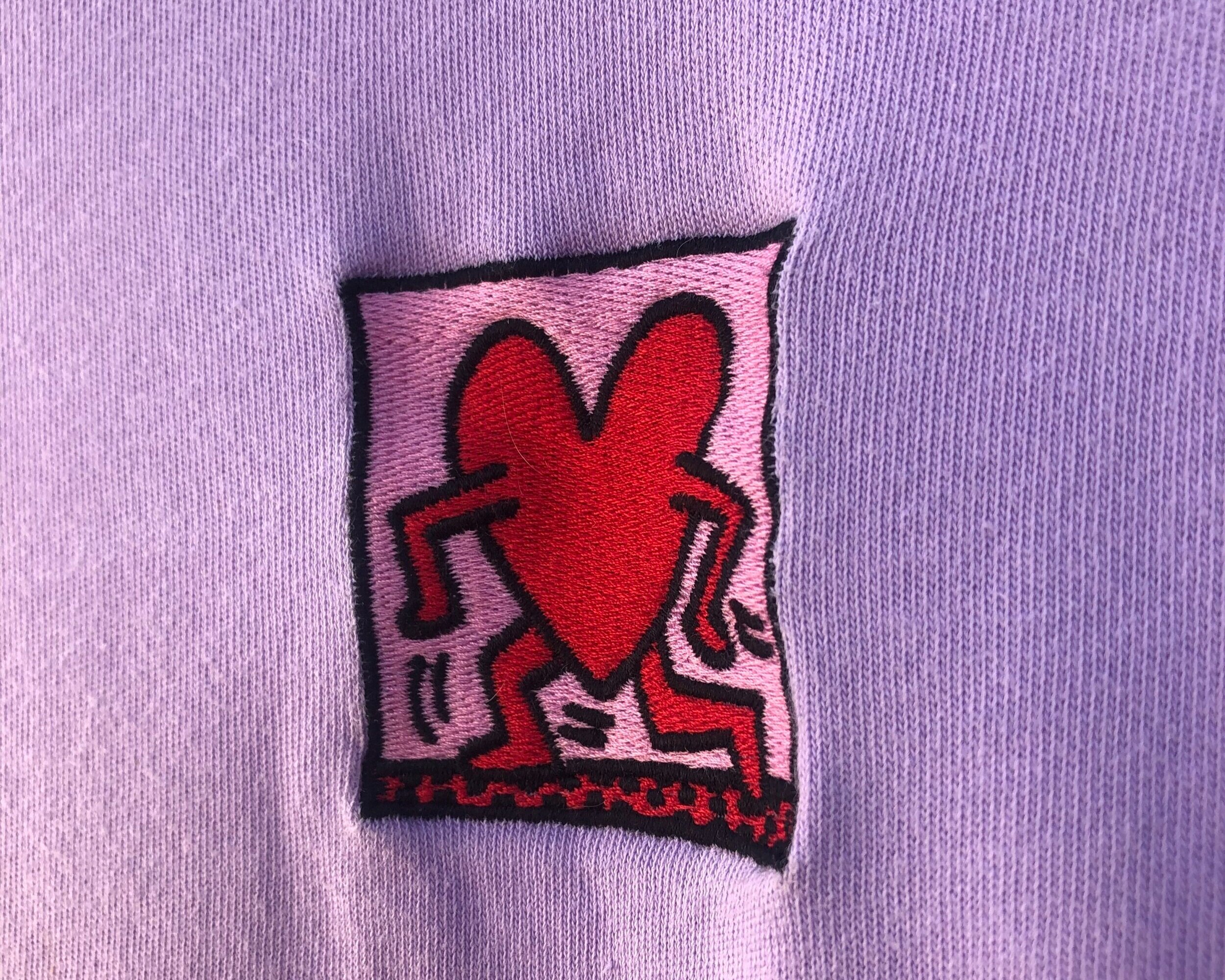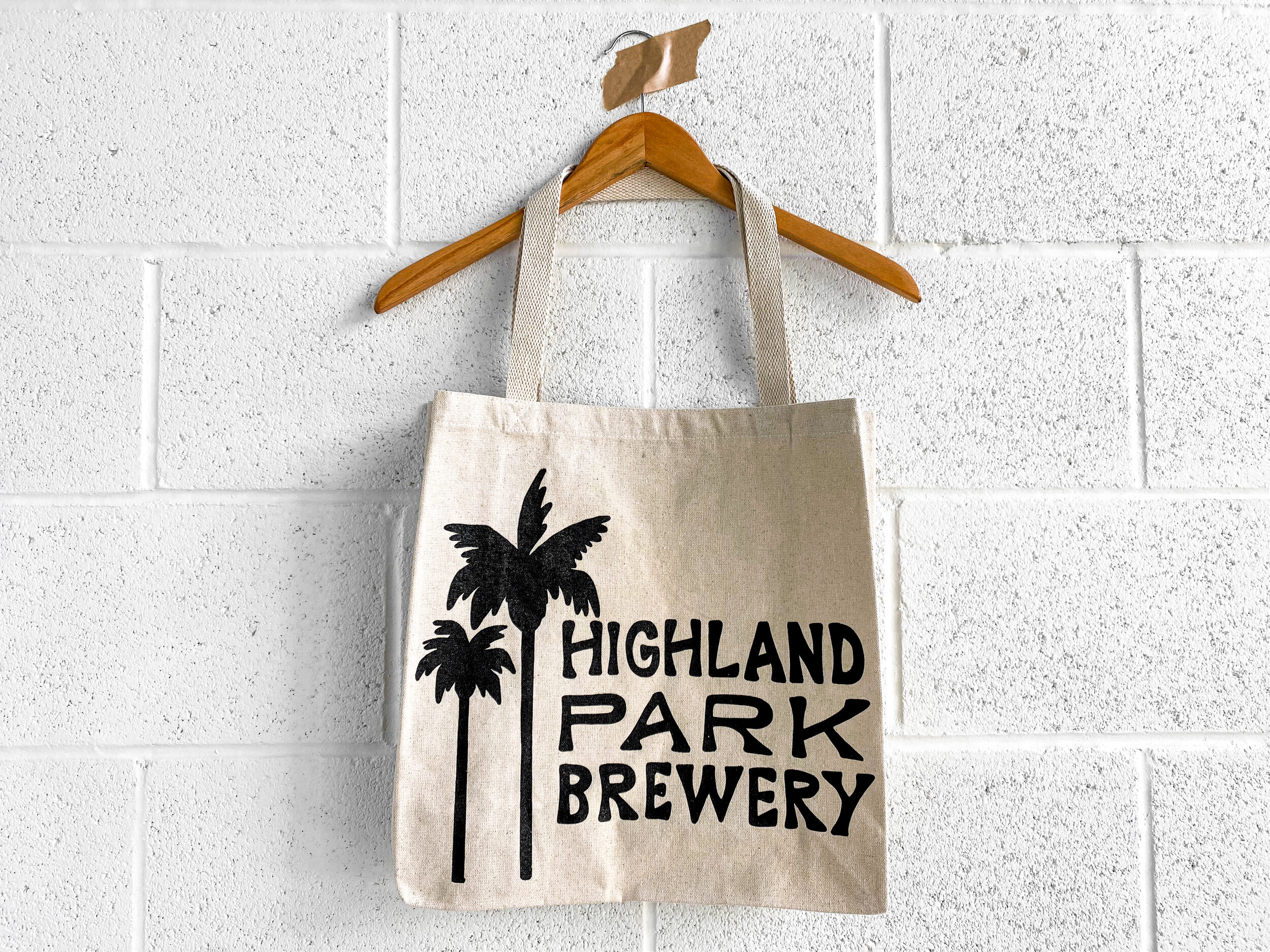So you’re establishing your brand or you have a brand established and you’re looking to offer something to increase your bottom line and invest into marketing your business; merch is a great way to do both of these things.
As a merch agency, we see new and established brands looking for advise on what exactly is the best merch to sell, what will give me the most return? These questions will vary depending on your business model, are you a service provider? are you a lifestyle or product centered brand? In this article, we will take you through a list of merch that will sell the best according to your brand.
Research
When making business decisions, it’s best practice to always do your research! Surveying your audience is a great way to get real data in real time and allows for you to get to know your core audience. You may also research competitors in your field to see what kind of merch they provide and try to come up with a competitive item that you think they may be missing or something made of better material.
If you’re already running ad campaigns, they will generate a general view of who your customer is and make it easy to pin-point your exact target demographic.
Check Out 23 Ways to do Audience Research (and Better Understand Your Customers)
Practicality
Practicality is a major factor, with some of the best-selling merch products for promotional events because they meet a practical need, such as bags or drinkware. People use promotional products every day in their lives, and if they meet a practical need then they will likely be more inclined to make a purchase or use.
The other side of usefulness is visibility through incorporating your brand logo. The most popular promotional items are those that have enough space for the recipient to see your brand on the product. With these factors in mind, let's look at some of the most popular types of promotional products, which includes both useful and logoed items:
BAGS
Bags are one of the most practical, everyday items your customers will use on a regular basis. They can be used for grocery shopping, gym clothes, travel, or as a giveaway with another product purchase. Bags only have to be purchased once by your customer, and they last for years. And if you choose to give away bags as a promotion, it’s a great opportunity to get your logo in front of more eyes every time that bag is reused by your customer.
Choose the right bag size - Most businesses choose between a small bag that fits just a few items (like groceries) or a larger type of bag (like one used for travel). It's important to remember to make sure you have enough room to include your logo and message on the bag as well as any other text required by law (see below). For instance, if you sell souvenirs at your gift shop business then you may want to offer two options: one regular sized bag for smaller items like t-shirts and stickers as well as another larger option for large bulky items such as mugs or pillows."
Check Out The 5 Best Promotional Bags For Your Brand
Mugs & Drinkware
Mugs and drinkware are among the most popular promotional products. These high-use items will be seen on a regular basis, which gives your brand more exposure. But mugs aren’t just great for promoting a brand—they’re also affordable, easy to distribute and can be customized in countless ways to fit your company needs.
Mugs come in many different styles and sizes to fit any lifestyle. Whether you’re looking for a small cup to hold espresso or a large mug for that extra large morning cup of coffee—or even something in between—there are plenty of options to choose from. There are also different types of materials available such as ceramic, porcelain, glass, metal and plastic.
If you want to stand out even more, consider adding some color with vibrant ink that clearly displays your logo on the side of the mug or on the handle where it can be seen every time someone takes a sip! In terms of designs there really is no limit: you could go with one solid color like black or white; use multiple colors (think rainbow) in stripes along both sides; have an image printed directly onto the front/back instead of just words.
Sports Bottles & Water Bottles
Water bottles are reusable, which makes them not only a great promotional product for your brand, but also a great gift for the environment. They’re handy for all kinds of things:
Carry water outdoors during exercise
Take drinks on the go
Stay hydrated at work or school
Promote your brand on a daily basis
Check Out Custom Water Bottles: 3 Reasons They’re Ideal for Marketing
Essential Merch
The essential merch items are the items that you can produce with a smaller budget but are applicable to most brands. Regardless of what your business is about, you can not go wrong with these items:
T-Shirts
T-shirts are what people think of when they picture merch. They're simple and familiar, and therefore one of the most popular types of merch available. T-shirts can be a great way to get your brand out there.
Unfortunately, t-shirt quality can vary drastically from brand to brand, with some t-shirts being poorly made and shrinking or fading in the wash. That is why it's important to find a reputable t-shirt vendor to work with. You don't want someone representing your band by wearing a t-shirt that looks like it came from the bottom of their dresser drawer after years of neglect!__
If you decide that t-shirts are right for you, keep in mind that they can be more than just something you throw on before you go outside. Graphic design skills aren't necessary – plenty of websites offer premade designs—but if you have them, put them to good use! By offering several different styles, colors and designs instead of just one or two options, you create more opportunities for fans who may not visually identify with one particular design but still want to rock your logo on their chest!
Hats
Another challenge is choosing the right style - bucket hat, snapback, visor, etc. All very important questions. The best thing you can do once you've decided to go with hats as a core piece of your merch line is to get feedback from your fans. Try out some different styles, see what people respond to and go from there!
Apparel Accessories
Not all apparel accessories are created equal: Some brands call them "clothing," which is what I'm going to do here as well. But other brands have their own names for them—and these include things like hats and T-shirts, fingerless gloves and ponchos. So first let's break this down into two types of apparel accessories: the ones made of real fabric (for example, gloves) versus those made out of fake fabric (for examples ponchos).
Author: Irene Floridia - Content Creator
Looking for The Best Promotional Merch printer?
send us an e-mail at quotes@familyindustriesla.com, or give us a call at 323.227.1547 and we'd be happy to help.
Our showroom at 2755 Fruitdale Street, Los Angeles, CA 90039 is open by appointment only from 10 am - 4 pm Monday through Friday.
Follow us on Instagram and Facebook
For FAQ, check out our site!
For any inquiries, send us a message!
OR
send us an e-mail at quotes@familyindustriesla.com











































